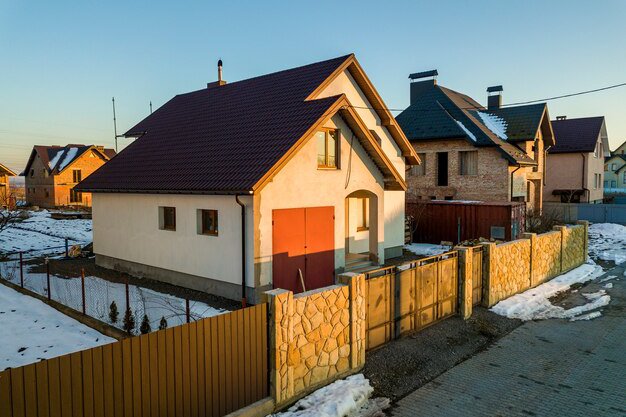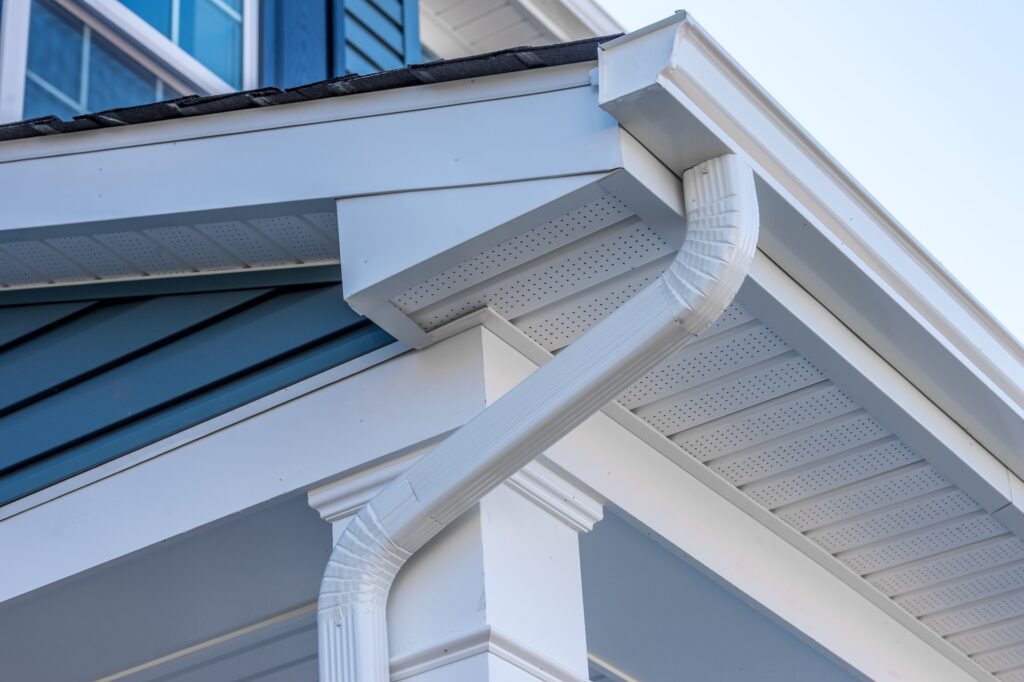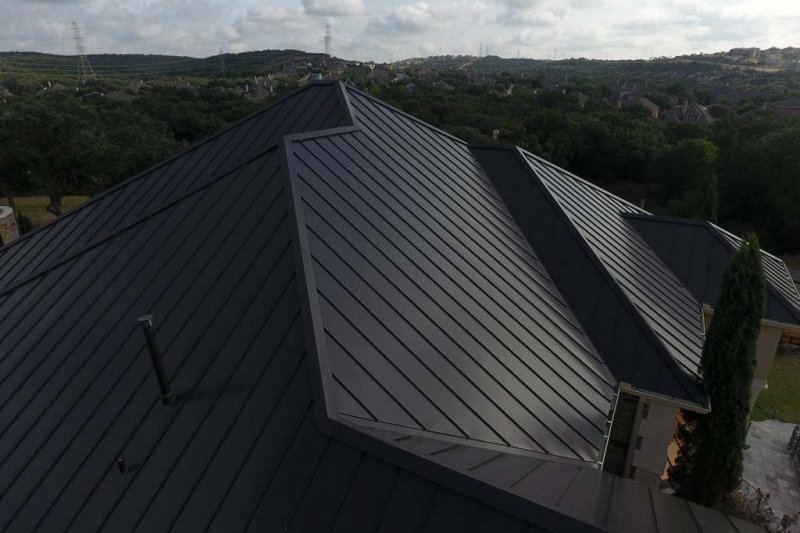Essential Guide to Roofing for Homeowners in Beaverton, Oregon
Your roof is arguably the most critical component protecting your home from the elements. In a region like Beaverton, Oregon, where we experience significant rainfall and seasonal variations, a well-maintained and robust roofing system isn't just a matter of aesthetics; it's essential for structural integrity and comfort. Understanding the basics of your roof – its components, common issues it might face, and when it's time for professional attention – empowers you to make informed decisions about its care. This guide is designed to provide Beaverton homeowners with valuable insights into keeping their roofs in top condition.
Recognizing potential problems early and understanding your options for repair or replacement can save you significant time, money, and stress in the long run. Whether you're planning a future project or dealing with an unexpected issue, knowing where to start is key.
Common Roofing Materials Suited for the Climate
Choosing the right roofing material is a significant decision, influenced by factors like durability, cost, aesthetics, and suitability for the local climate. In Beaverton, with its moderate temperatures but frequent rain, materials that offer excellent water resistance and can handle moisture are paramount.
Asphalt Shingles: These are the most popular roofing material across North America, including Beaverton. They are relatively affordable, easy to install, and available in a wide variety of colors and styles.
- 3-Tab Shingles: An older style, less expensive but also less durable and wind-resistant than architectural shingles.
- Architectural (Laminate) Shingles: Thicker, more durable, and offer a more dimensional appearance, often mimicking the look of wood shakes or natural slate. They provide better wind and hail resistance.
Asphalt shingles typically have a lifespan of 15 to 30 years, depending on quality, installation, and maintenance. They are susceptible to moss and algae growth in damp climates, requiring regular cleaning or treatment.
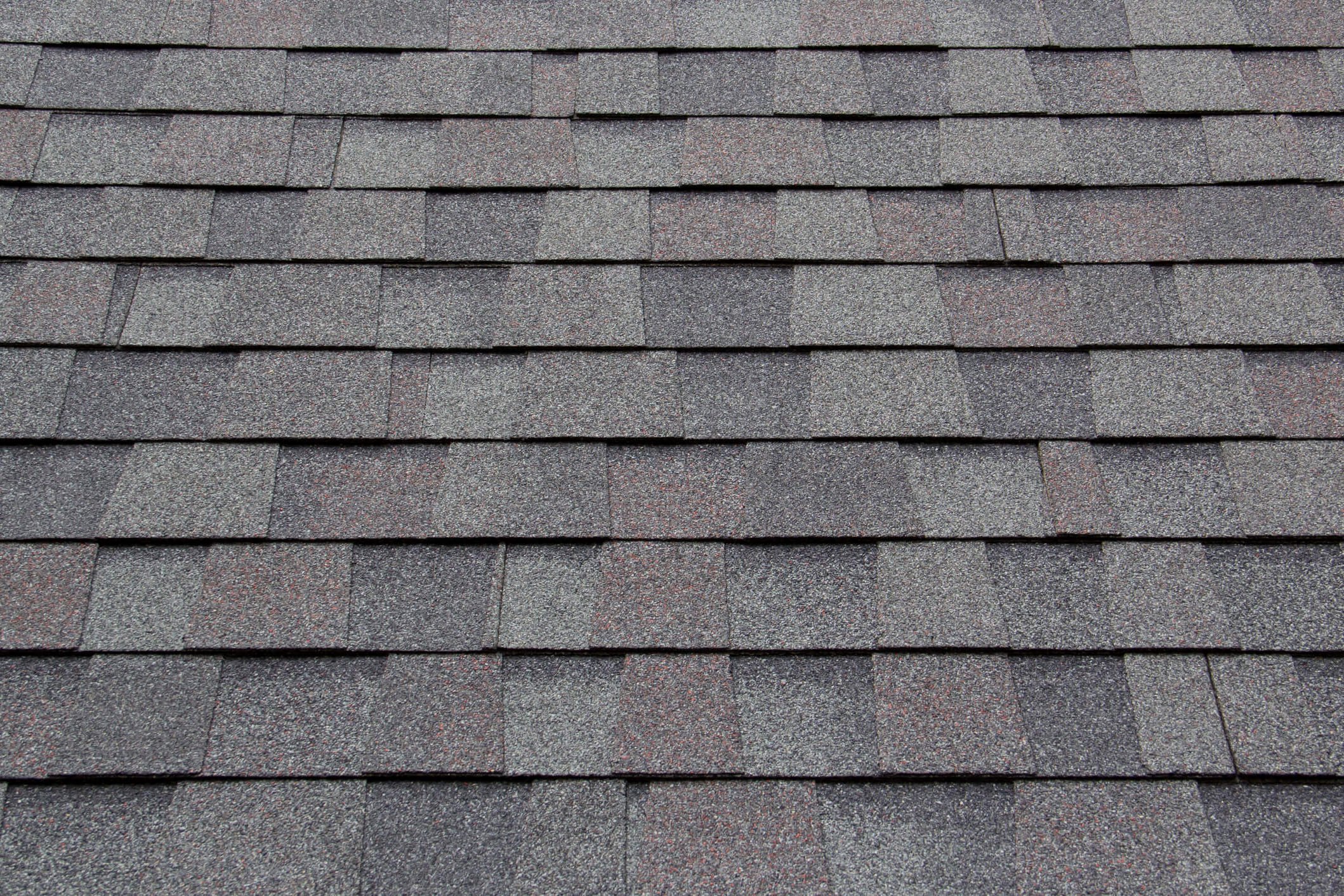
Metal Roofing: Increasingly popular due to its longevity (40-70+ years), durability, and resistance to fire, wind, and pests. Metal roofs shed water and snow efficiently and are resistant to moss growth. While the upfront cost is higher than asphalt, their lifespan and energy efficiency can offer long-term savings. Styles include standing seam, metal shingles, and corrugated panels.
Tile Roofing (Clay or Concrete): Offers exceptional durability (50+ years) and a distinct aesthetic. Tiles are fire-resistant and perform well in various climates, including those with heavy rain. However, they are heavy, requiring a stronger roof structure, and can be more expensive to install. They are less common in Beaverton than asphalt or metal but are an option for certain architectural styles.
Wood Shakes or Shingles: Provide a natural, rustic look but require significant maintenance in a damp climate to prevent moss, rot, and insect damage. Their lifespan is generally 20-40 years with proper care. Due to fire concerns and maintenance needs, they are less frequently installed today compared to asphalt or metal.
The choice of material impacts not only the look and performance of your roof but also its overall cost and maintenance requirements.
Recognizing Common Roofing Issues
Even the most durable roof will eventually face challenges. Being able to identify common problems early is crucial for timely repairs and preventing minor issues from escalating into major, costly damage. Regular visual inspections from the ground can help you spot these signs.
Missing or Damaged Shingles: High winds, storms, or even just age can cause shingles to crack, curl, buckle, or go missing entirely. This exposes the underlying layers to water, leading to leaks and rot. Look for bare spots or piles of shingle granules near your downspouts.
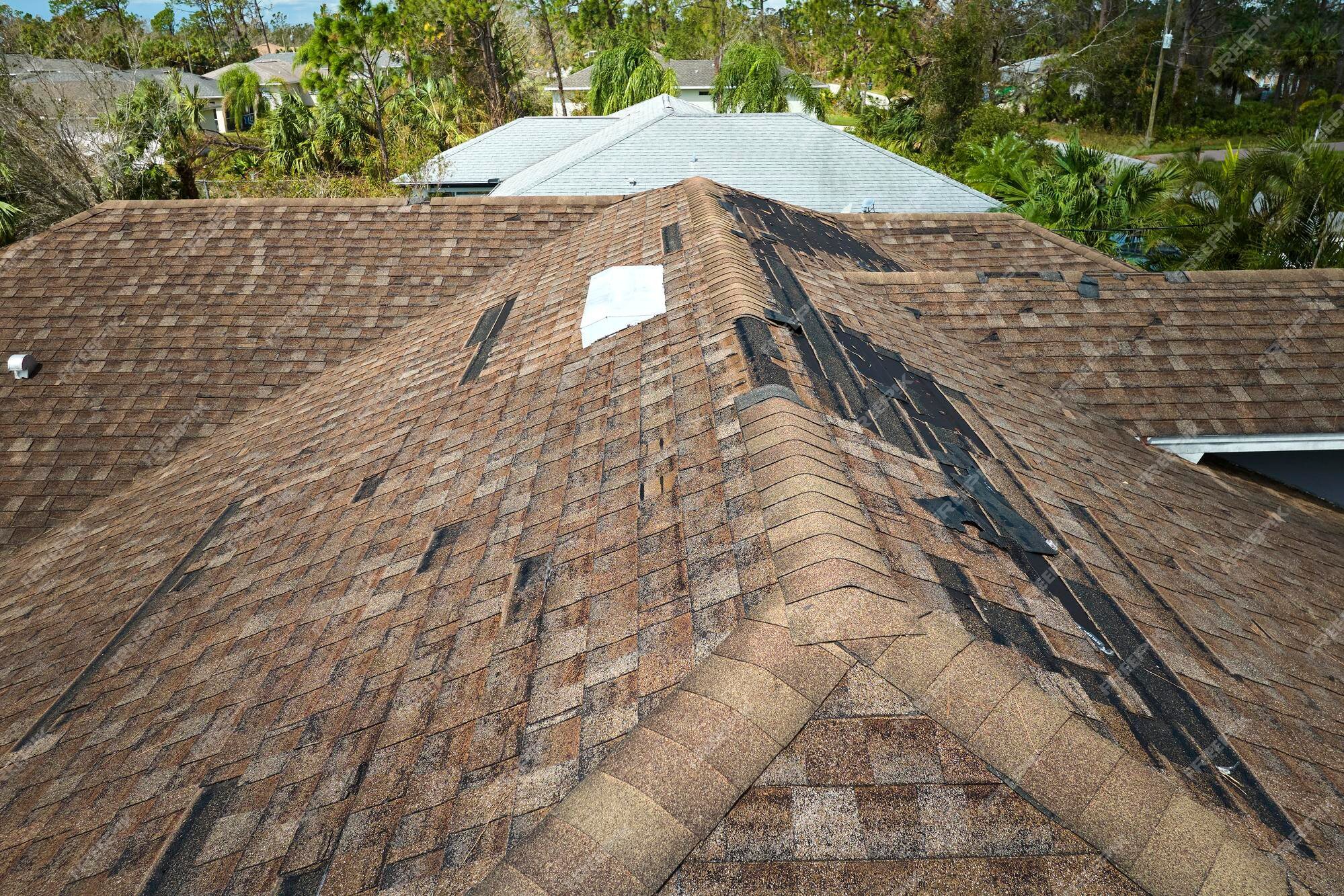
Moss and Algae Growth: Particularly common in damp, shaded areas like the Pacific Northwest. Moss holds moisture against the shingles, accelerating their deterioration and potentially lifting edges, allowing water penetration. While algae (dark streaks) is mainly cosmetic, heavy moss growth is detrimental.
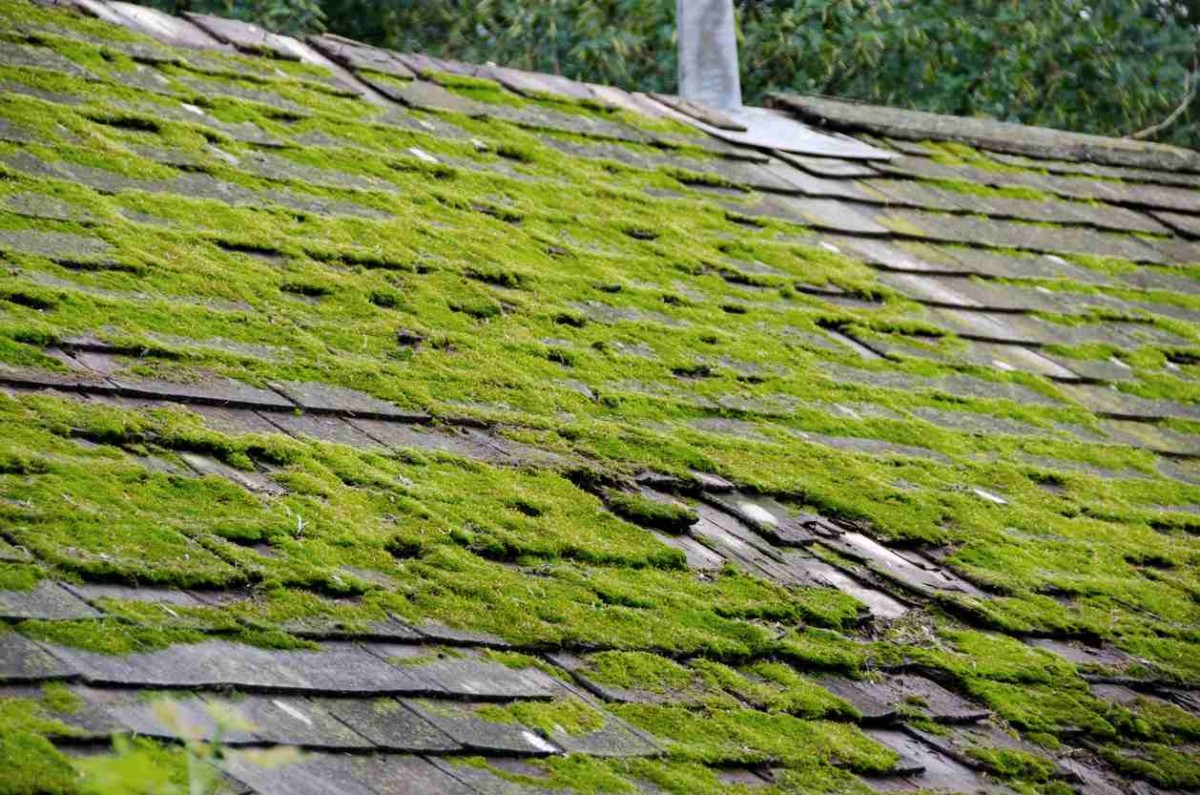
Granule Loss: Asphalt shingles are covered in ceramic granules that protect the asphalt from UV rays and add color. As shingles age, these granules wear off. Excessive granule loss, visible as bald spots or large amounts of granules in gutters, indicates that the shingles are nearing the end of their life.
Leaks and Water Stains: Water stains on ceilings or walls, especially after rain, are a definitive sign of a roof leak. Pinpointing the exact source can be tricky, as water can travel along rafters and sheathing before appearing inside. Common leak points include around chimneys, skylights, vents, and in roof valleys.
Damaged or Clogged Gutters: Gutters and downspouts are vital for directing water away from your roof and foundation. If they are clogged with leaves and debris, water can back up onto the roof, potentially seeping under shingles or causing fascia and soffit damage.
Ice Dams: While less common in the mildest parts of Beaverton compared to colder climates, ice dams can still form during freezing rain or thaw-freeze cycles. They occur when heat escaping from the house melts snow on the roof, which then refreezes at the colder eaves, forming a dam that prevents meltwater from draining. This water backs up under shingles and into the home. Proper insulation and ventilation are key to preventing ice dams.
Sagging Roof Decking: A visible sag in the roofline can indicate serious structural issues, often caused by prolonged water damage to the underlying plywood or OSB decking, or insufficient structural support. This requires immediate professional assessment.
If you notice any of these signs, it's wise to investigate further or consult with a professional to determine the extent of the issue and necessary repairs.
The Importance of Roof Maintenance
Regular maintenance is key to extending the lifespan of your roof and preventing costly repairs. A little proactive care can go a long way in ensuring your roof performs as expected, especially in a climate prone to moisture.
Regular Inspections: Visually inspect your roof from the ground seasonally, or after major storms. Look for any of the issues mentioned above. Consider a professional inspection every few years, or if you suspect hidden damage.
Gutter Cleaning: Clean gutters and downspouts at least twice a year, usually in late spring after tree pollen and seeds have fallen, and again in late fall after leaves have dropped. Clear gutters ensure water drains properly.
Gutters and downspouts are essential for managing water runoff from your roof. Make sure your downspouts are directing water well away from your foundation to prevent water damage.
How far should downspouts extend from the house? Downspouts should extend at least 4-5 feet away from your home's foundation. For best results, use downspout extensions or underground drain pipes to direct water even further away, especially if your property slopes towards the house. This prevents water from pooling near the foundation, which can lead to basement flooding and foundation damage.
Moss and Algae Treatment: Address moss and algae promptly. Many products are available, or you can install zinc or copper strips near the ridge, which release fungicidal particles when it rains. Never use a high-pressure washer on asphalt shingles, as this can strip granules and severely damage the roof. Gentle cleaning methods or professional soft washing are recommended.
Trim Overhanging Branches: Trees provide shade but overhanging branches can drop leaves and debris that clog gutters and promote moss growth. They can also scrape against the roof surface, damaging shingles, or fall on the roof during storms.
Check Flashing: Flashing is the metal or other material used around chimneys, vents, skylights, and in valleys to create a watertight seal. Ensure flashing is intact and securely sealed. Deteriorated flashing is a common source of leaks.
Proactive maintenance helps you stay ahead of potential problems and ensures your roof is ready to handle the elements.
When to Consider Roof Repair or Replacement
Deciding whether to repair or replace your roof depends on several factors, including the age of the roof, the extent of the damage, and your budget.
Signs You Likely Need a Replacement:
- Age: If your asphalt shingle roof is nearing or past its expected lifespan (typically 20-25 years for 3-tab, 25-30+ for architectural).
- Widespread Damage: Extensive missing or damaged shingles across multiple sections of the roof, not just an isolated area.
- Significant Granule Loss: Large areas with bare spots or excessive granules in gutters indicate the shingles' protective layer is gone.
- Curling or Buckling Shingles: Shingles that are curling upward at the edges or buckling in the middle are often a sign of age or improper installation, compromising water shedding.
- Frequent Leaks: If you're experiencing multiple leaks in different areas, it suggests the entire roofing system is failing, not just one spot.
- Sagging Roof Decking: A visible sag is a sign of structural failure that requires a full replacement and potentially structural repairs.
When Repair Might Be Sufficient:
- Isolated Damage: A few missing shingles due to wind, a small leak around a single vent, or minor damage in one specific area.
- Younger Roof: If your roof is relatively new and the damage is clearly from a single event (like a storm) and limited in scope.
- Preventative Maintenance: Addressing minor issues like loose flashing or small areas of moss before they cause significant damage.
Getting a professional assessment is the best way to determine the most cost-effective and appropriate course of action. A roofer can evaluate the condition of your entire roof system.
For non-urgent situations like planning a future roof replacement, budgeting, or general evaluation without immediate issues, you can easily get an idea of costs.
Get your free instant roof estimate
The Roof Replacement Process
Replacing a roof is a significant project, but understanding the typical steps involved can help you feel more prepared.
- Assessment and Estimate: A roofing professional will inspect your current roof, assess its condition, and provide a detailed estimate outlining the scope of work, materials to be used, and cost.
- Permits: Your contractor will handle obtaining the necessary building permits from the local municipality.
- Material Delivery: Roofing materials, including shingles, underlayment, flashing, and disposal bins, are delivered to your property.
- Old Roof Removal: The existing roofing material, down to the roof deck (plywood or OSB), is removed. This is the messiest part of the process.
- Decking Inspection and Repair: The exposed roof deck is inspected for damage, rot, or soft spots. Any damaged sections are repaired or replaced to provide a solid base for the new roof.
- Underlayment and Ice & Water Shield Installation: A protective underlayment (felt or synthetic) is installed over the deck. In areas prone to ice dams or heavy rain, an ice and water shield membrane is installed along eaves, valleys, and around penetrations for extra protection.
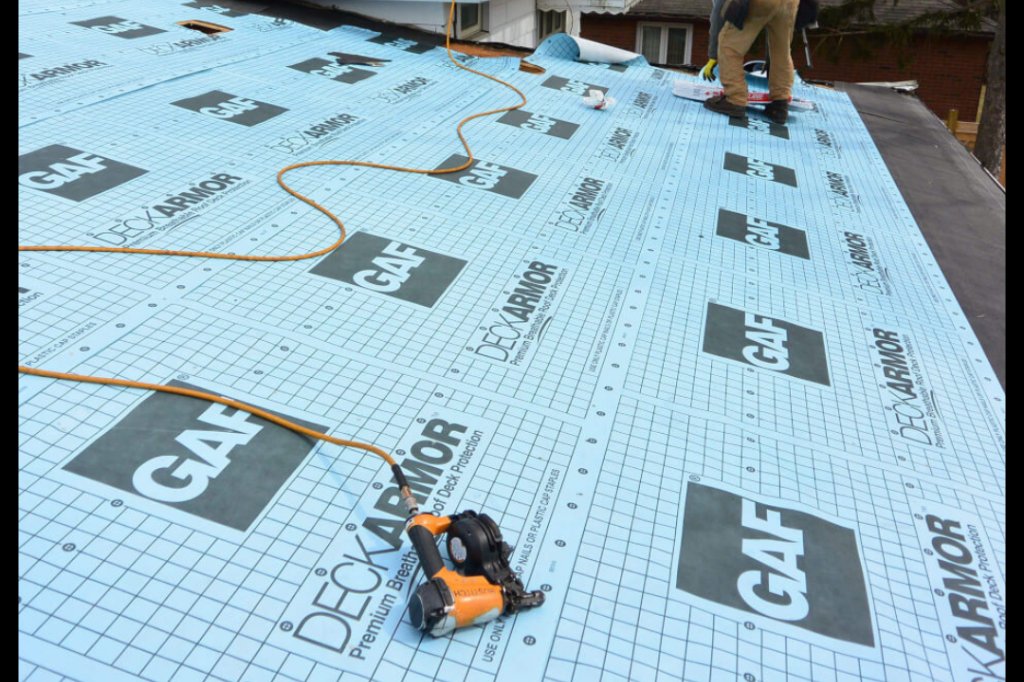
- Flashing Installation: New flashing is installed or existing flashing is checked and repaired around chimneys, vents, skylights, and in valleys to ensure watertight seals.
- Starter Shingle Installation: A layer of starter shingles is installed along the eaves and rake edges to provide a clean edge and proper sealing for the first course of shingles.
- Shingle Installation: The main roofing material (e.g., asphalt shingles) is installed, starting from the bottom edge and working upwards, overlapping each course correctly to shed water.
- Ventilation Installation: Ridge vents, box vents, or other ventilation systems are installed as required to ensure proper airflow in the attic, which is crucial for preventing heat and moisture buildup.
- Cleanup: The crew cleans up all debris, nails, and old materials from the roof, gutters, and surrounding property.
- Final Inspection: A final inspection is conducted by the contractor, and potentially a municipal inspector, to ensure the work meets code requirements and quality standards.
The duration of a roof replacement varies depending on the size and complexity of the roof, as well as weather conditions.
Choosing the Right Roofer
Selecting a qualified and trustworthy roofing contractor is paramount for a successful project, whether it's a minor repair or a full replacement. Here are key factors to consider:
- Licensing and Insurance: Ensure the contractor is properly licensed to work in Oregon and carries both liability insurance (to cover damage to your property) and workers' compensation insurance (to cover injuries to their crew). Never hire a contractor who cannot provide proof of current insurance and licensing.
- Experience and Reputation: Look for contractors with a proven track record. Ask for references from previous clients and check online reviews.
- Detailed Estimate: Get a written, detailed estimate that clearly outlines the scope of work, materials to be used (including manufacturer and specific product), timeline, and payment schedule. Be wary of unusually low bids, which might indicate shortcuts or hidden costs.
- Contract: Ensure a clear, written contract is in place before work begins. It should include everything from the estimate, warranty information (materials and labor), payment terms, and project timeline.
- Warranties: Understand the warranties offered. Material warranties are provided by the manufacturer, while the contractor provides a warranty on their workmanship.
- Local Knowledge: A local contractor will be familiar with Beaverton building codes, common roofing issues specific to the area, and relationships with local suppliers.
Getting multiple estimates from different contractors is a standard practice that allows you to compare costs and approaches.
If you have an urgent roofing issue like an active leak or storm damage, you need professional help quickly.
Book a roofing appointment
Remember, SkyQuote provides two key services: Instant roofing estimates using satellite imagery and local pricing data, and direct appointment booking with pre-vetted roofers. SkyQuote facilitates the connection between homeowners and qualified contractors; we do not perform the roofing work ourselves.
Protecting Your Home Investment
Maintaining your roof is an investment in the long-term health and value of your home. Ignoring roofing issues can lead to cascading problems, including structural damage, mold growth, and decreased energy efficiency, all of which are far more expensive to fix than addressing the initial roofing problem.
Regular inspections, timely maintenance, and addressing repairs promptly are the best ways to ensure your roof continues to protect your home effectively. When it's time for a major repair or replacement, taking the time to choose a qualified contractor and understand the process will lead to a better outcome and peace of mind.
Whether you are planning for the future or facing an immediate need, having reliable resources at your disposal is invaluable. Understanding your roof's condition and the options available is the first step in protecting your home investment in Beaverton.
